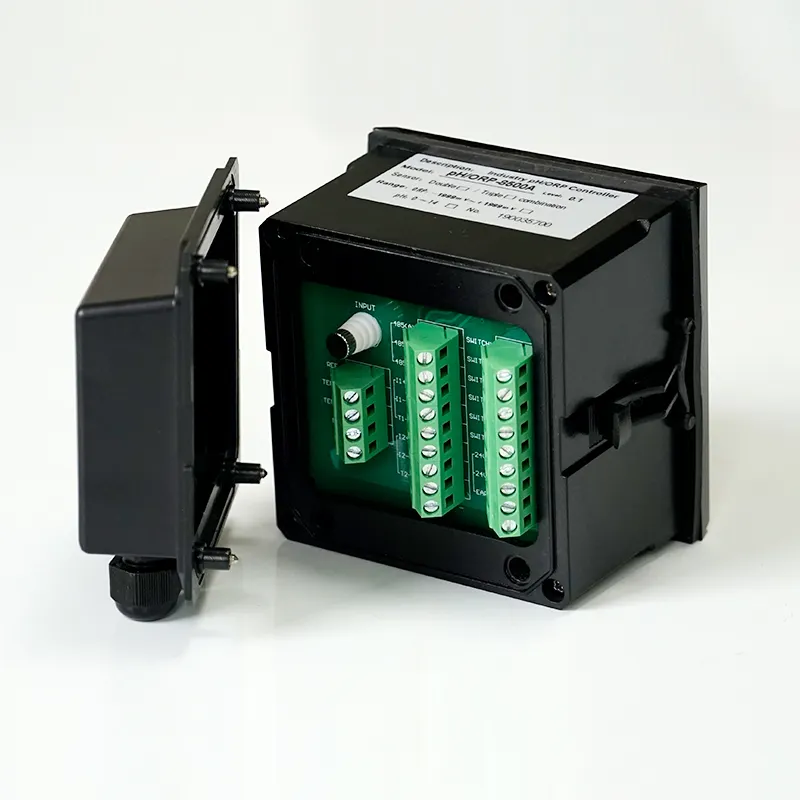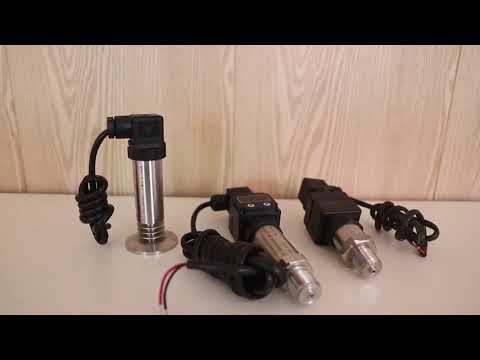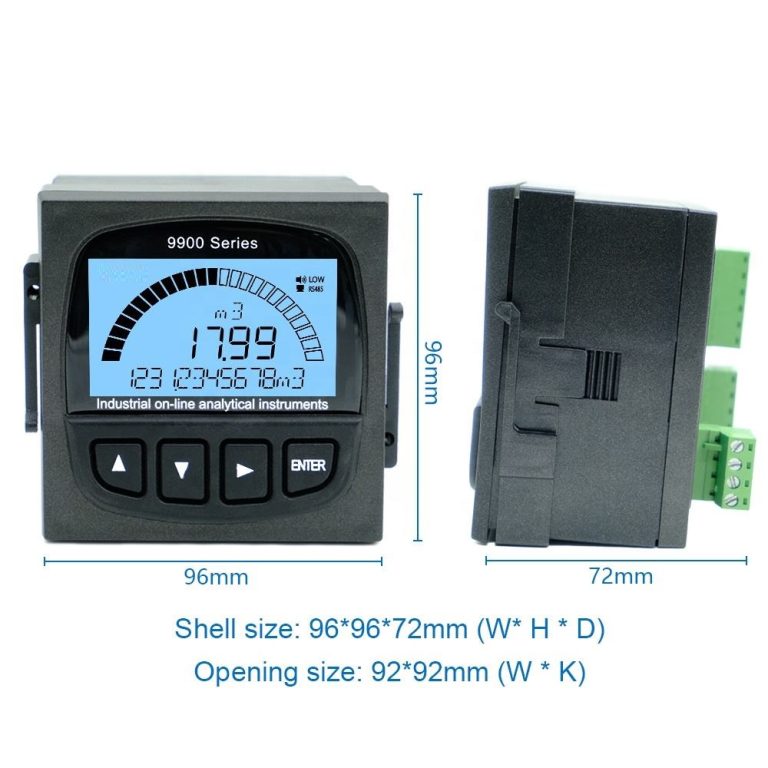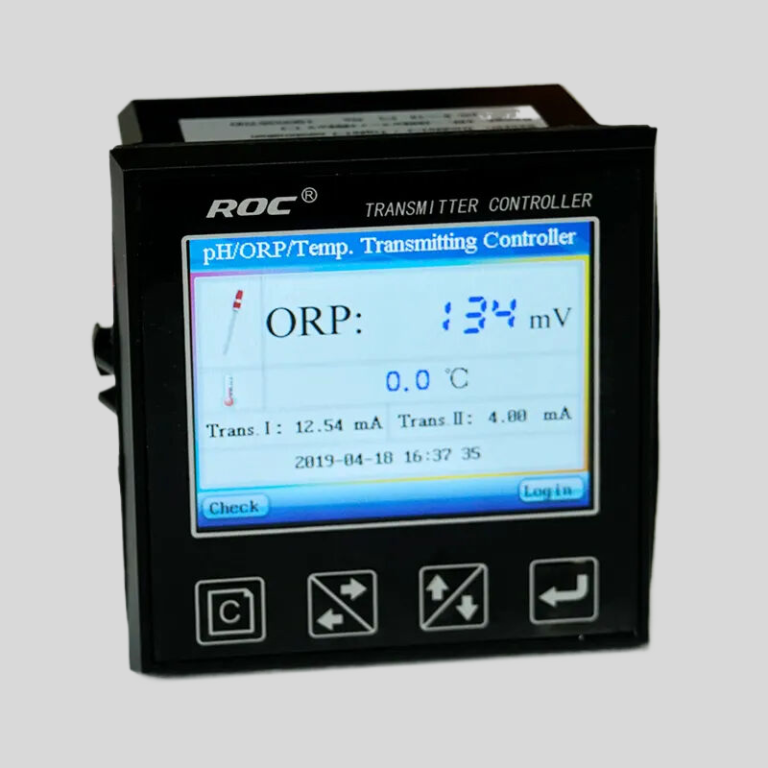Importance of Legionella Water Testing in Preventing Outbreaks
Legionella water testing is a crucial step in preventing outbreaks of Legionnaires’ disease, a severe form of pneumonia caused by the Legionella bacteria. Legionella bacteria are commonly found in natural water sources, such as lakes and rivers, but can also thrive in man-made water systems, including cooling towers, hot tubs, and plumbing systems. When these bacteria are aerosolized and inhaled, they can cause serious respiratory illness in humans.
Legionella water testing is also essential for compliance with regulations and guidelines set forth by health authorities. In many jurisdictions, building owners are required to conduct regular testing of their water systems to ensure that they are free of Legionella bacteria. Failure to comply with these regulations can result in fines and legal consequences. By staying on top of Legionella water testing, building owners can demonstrate their commitment to maintaining a safe and healthy environment for occupants.
Furthermore, Legionella water testing can help identify potential sources of contamination in water systems, allowing for targeted remediation efforts. Once Legionella bacteria are detected in a water system, building owners can take steps to disinfect the system and prevent further growth of the bacteria. This may involve flushing the system with hot water, adding biocides, or implementing other control measures. By addressing the root cause of contamination, building owners can reduce the risk of Legionnaires’ disease outbreaks and protect the health of occupants.

Regular Legionella water testing can also provide valuable data on the effectiveness of water treatment and maintenance practices. By monitoring Legionella levels over time, building owners can assess the impact of their control measures and make adjustments as needed. This proactive approach can help prevent outbreaks of Legionnaires’ disease and ensure the long-term safety of water systems.
In conclusion, Legionella water testing is a critical component of a comprehensive water management plan. By regularly testing water systems for Legionella bacteria, building owners can identify and address potential sources of contamination, comply with regulations, and protect the health of occupants. Investing in Legionella water testing is an investment in the safety and well-being of everyone who uses a building’s water systems. By taking proactive measures to prevent Legionella contamination, building owners can create a healthier environment for all.
| Model | CLA-7000 Series Free Chlorine(DPD)online automatic analyzer |
| Inlet channel | Single channel/Double channel |
| Measurement range | Free chlorine\\uff1a(0.0\\uff5e2.0)mg/L or (0.5\\uff5e10.0)mg/L ,Calculated as Cl2; pH:(0-14); Temperature(0-100)\\u2103 |
| Accuracy | Free chlorine:\\u00b110% or \\u00b10.1/0.25 mg/L; pH:\\u00b10.1pH\\uff1bTemperature\\uff1a\\u00b10.5\\u2103 |
| Measurement Period | \\u22642.5min |
| Sampling interval | The interval (1\\uff5e999) min can be set arbitrarily |
| Maintenance cycle | Recommended once a month (see maintenance chapter) |
| Environmental requirements | A ventilated and dry room without strong vibration;Recommended room temperature\\uff1a(15\\uff5e28)\\u2103\\uff1bRelative humidity\\uff1a\\u226485%\\uff08No condensation\\uff09 |
| Water sample flow | (200-400) mL/min |
| Inlet pressure | (0.1-0.3) bar |
| Inlet water temp. | (0-40)\\u2103 |
| Power supply | AC (100-240)V\\uff1b 50/60Hz |
| Power | 120W |
| Power connection | The 3-core power cord with plug is connected to the mains socket with ground wire |
| Data output | RS232/RS485/(4\\uff5e20)mA |
| Size | H*W*D:(800*400*200)mm |





